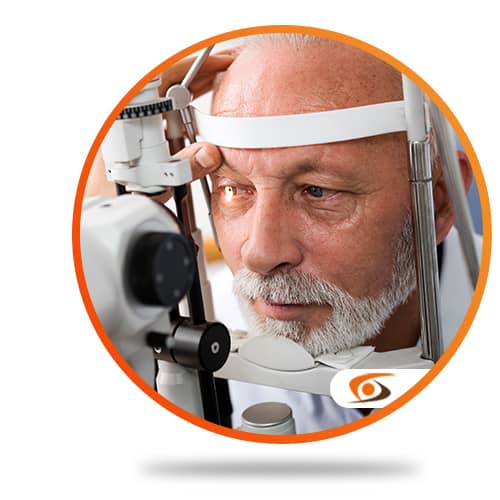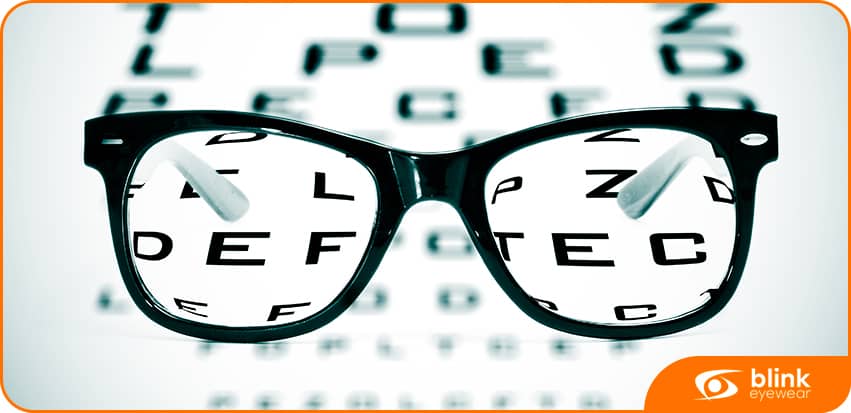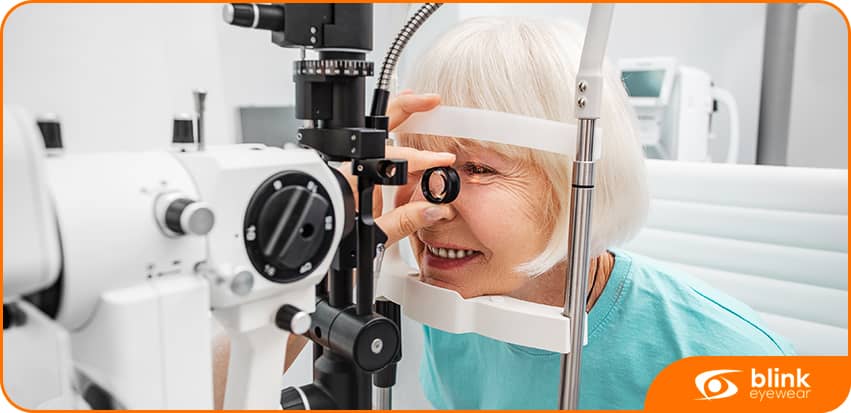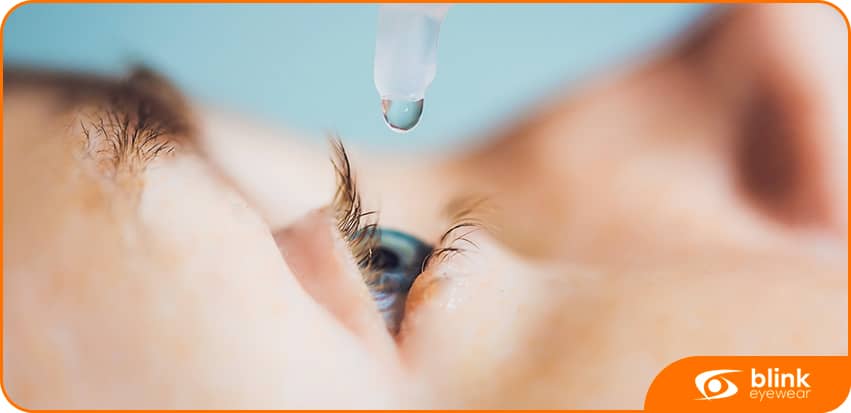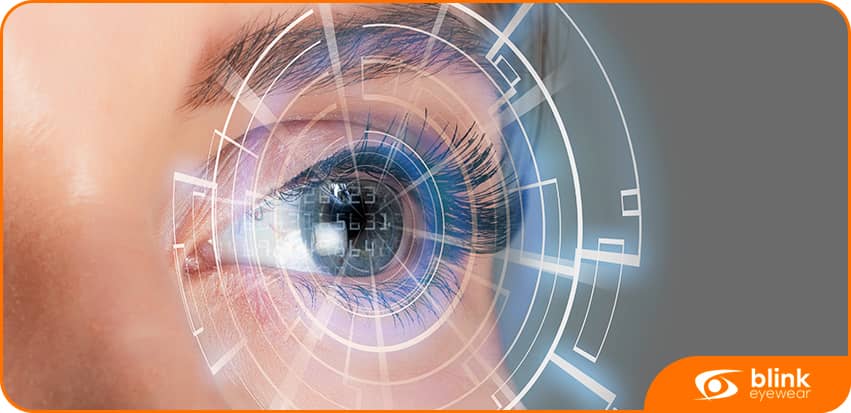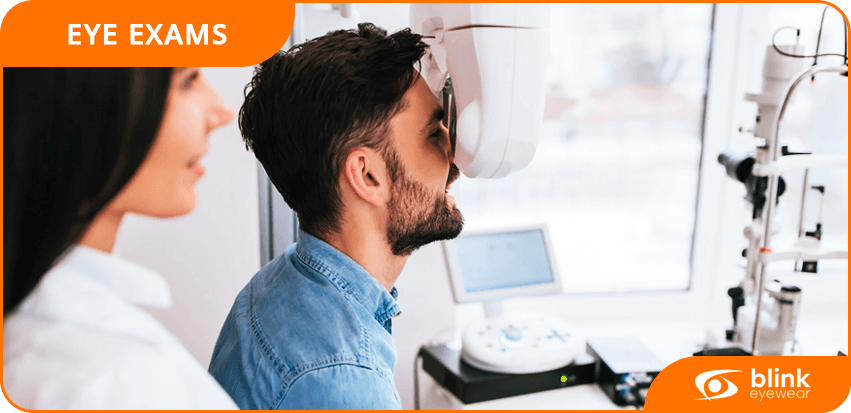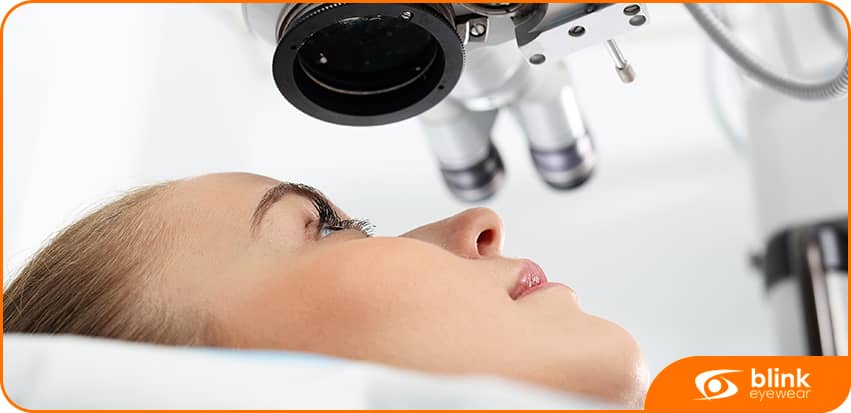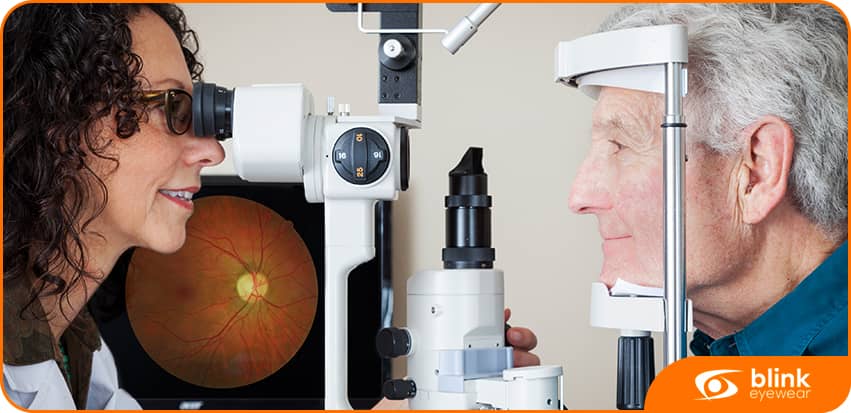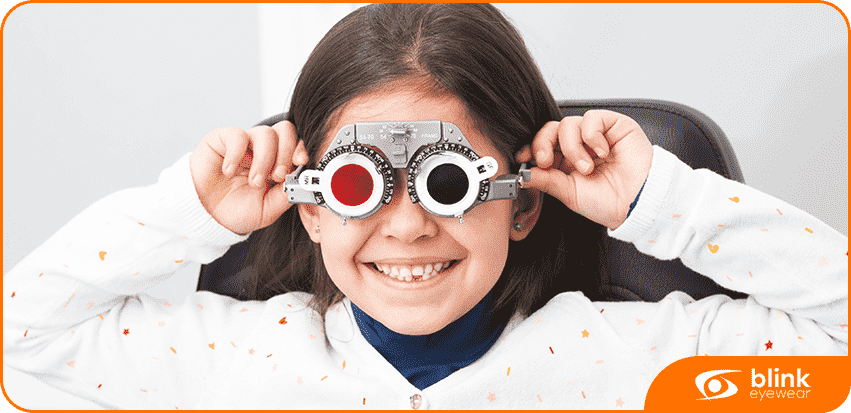The intraocular pressure caused by glaucoma can slowly damage the optic nerve, causing a gradual loss of vision. Vision loss begins with peripheral (side) vision, resulting in limited tunnel vision. Over time if left untreated, central vision will also be affected which will increase until it eventually causes total blindness. Unfortunately, any vision that is lost from the optic nerve damage cannot be restored.
What are the Symptoms?
Typically, glaucoma sets in without any symptoms. At the early onset of the most common type of glaucoma, “open angle” glaucoma, vision remains normal and there is no pain or discomfort. This is why the disease is nicknamed the “silent thief of sight”.
An acute type of glaucoma, called angle-closure glaucoma, can present sudden symptoms such as foggy, blurred vision, halos around lights, eye pain, headache, and even nausea. This is a medical emergency and should be assessed immediately as the intraocular pressure can become extremely high and cause permanent damage within hours.
Types of Glaucoma
There are several types of glaucoma, some more acute than others. Learn about the common types of glaucoma and the differences between them.
Primary open-angle glaucoma (POAG).
POAG gradually progresses without pain or noticeable vision loss initially affecting peripheral vision. By the time visual symptoms appear, irreparable damage has usually occurred, however, the sooner treatment starts the more vision loss can be prevented. When untreated, vision loss will eventually result in total loss of side vision (or tunnel vision) and eventually total vision loss.
Normal-tension glaucoma or low-tension glaucoma
This is another form of open-angle glaucoma in which the intraocular pressure remains within the normal level. The cause of this form of glaucoma is not known, but it is believed to have something to do with insufficient blood flow to the optic nerve, causing damage. Individuals of Japanese descent, women, and those with a history of vascular disease, low blood pressure, and sleep apnea are at higher risk.
Angle-closure glaucoma
Acute angle-closure glaucoma is marked by a sudden increase in eye pressure, which can cause severe pain, blurred vision, halos, nausea, and headaches. The pressure is caused by a blockage in the fluid at the front of the eye which is a medical emergency and should be treated immediately. Without prompt treatment to clear the blockage vision can be permanently lost.
Congenital glaucoma
The inherited form of the disease that is present at birth. In these cases, babies are born with a defect that slows the normal drainage of fluid out of the eye; they are usually diagnosed by the time they turn one. There are typically some noticeable symptoms such as excessive tearing, cloudiness or haziness of the eyes, large or protruding eyes, or light sensitivity. Surgery is usually performed, with a very high success rate, to restore full vision.
Secondary glaucomas
Glaucoma can develop as a complication of eye surgeries, injuries or other medical conditions such as cataracts, tumours, or a condition called uveitis which causes inflammation. Uncontrolled high blood pressure or diabetes can result in another serious form called neovascular glaucoma.
Pigmentary glaucoma
A rare form of glaucoma that occurs when pigment from the iris sheds and clogs the drainage of fluid from the eye resulting in inflammation and damage to the eye and drainage system.
Treatment of glaucoma is dependant upon the severity and type of glaucoma present.
